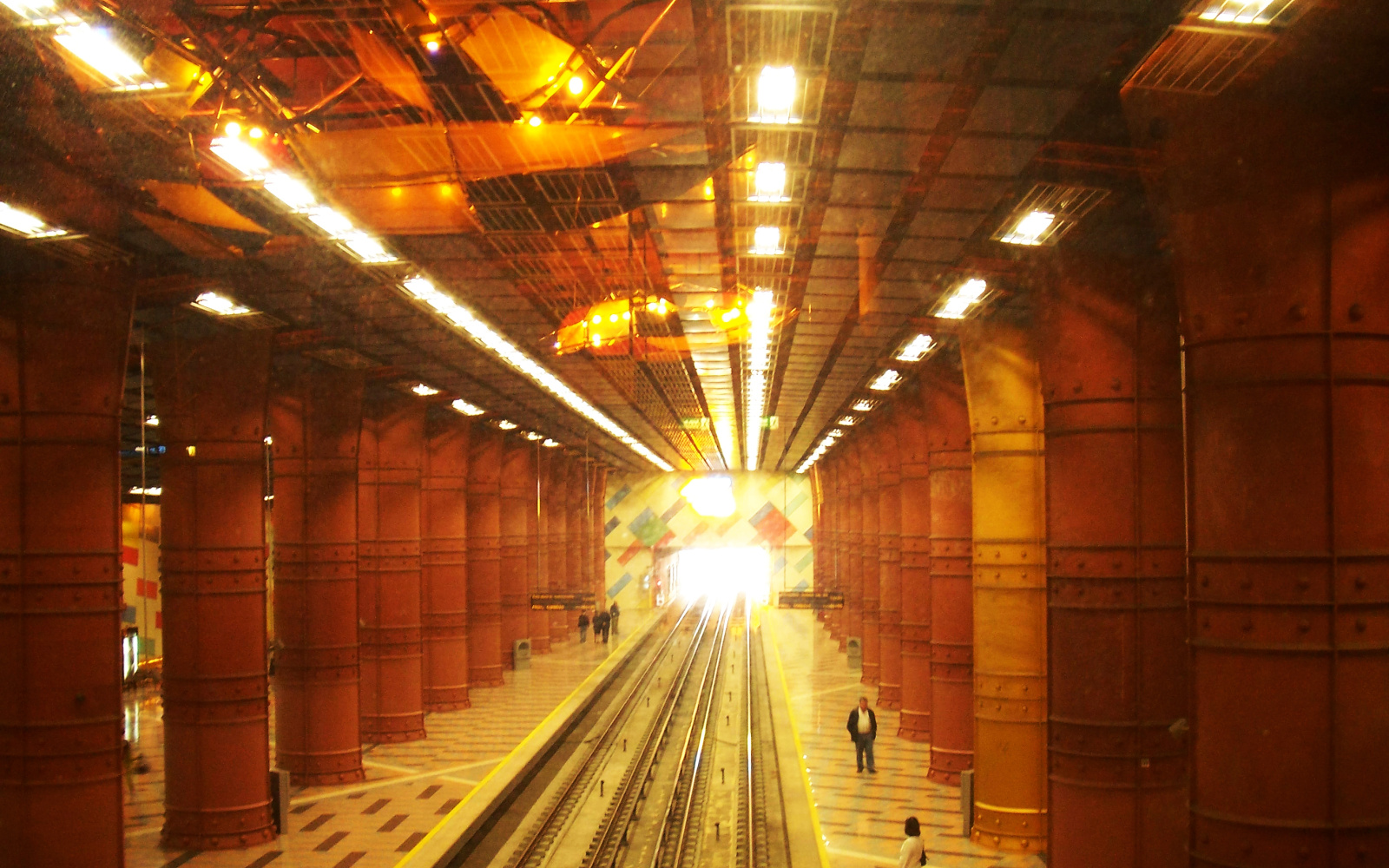Sara Nalbandyan
Truth or Verisimilitude? Usage of Archival Documents in Found Footage Films
Jean Baudrillard’s concept of simulacres is usually related to the Hollywood-made film »Matrix«. However, it seems to work better in case of non-fiction art movies. The found footage films based on archival materials are the best examples of it. Being compiled of documentary footage, at first sight, they may appear as pure documentaries representing the real life. But in fact, they strongly depend on the filmmaker’s choice, therefore are subordinated to his vision. So, they are likely to represent a sort of hyperralistic world. Took out from their original context and replaced in a new one, the archival frames stop naming the real things, becoming pure symbols.
The stack between real and imaginary or, rather, re-constructed worlds often appears in films of the Armenian experimental filmmaker Artavazd Peleshyan. In his first movie »The Beginning«, for instance, he tended to reconstruct the events of the Bolshevik Revolution by using archival materials. But he failed to show the factual happenings, having created instead a metaphysical world, in which the crowds advance in unpredictable directions, moved with an unconscious will to act, and swallow up the individuals coming across them.
Sara Nalbandyan is an assistant researcher at the chair of culturology at Yerevan State University in Armenia. She earned a PhD in Theatre, Cinema and Television Studies. Her research interests are: Stage Directing of the early 20th Century; Documentary Cinema; Documentary Theatre; Experimental Cinema; Serials and Mass Production as a Feature of Postmodern Culture; Documentarism and Contemporary Culture; Cinema and Photography as a Part of Visual Anthropology.
